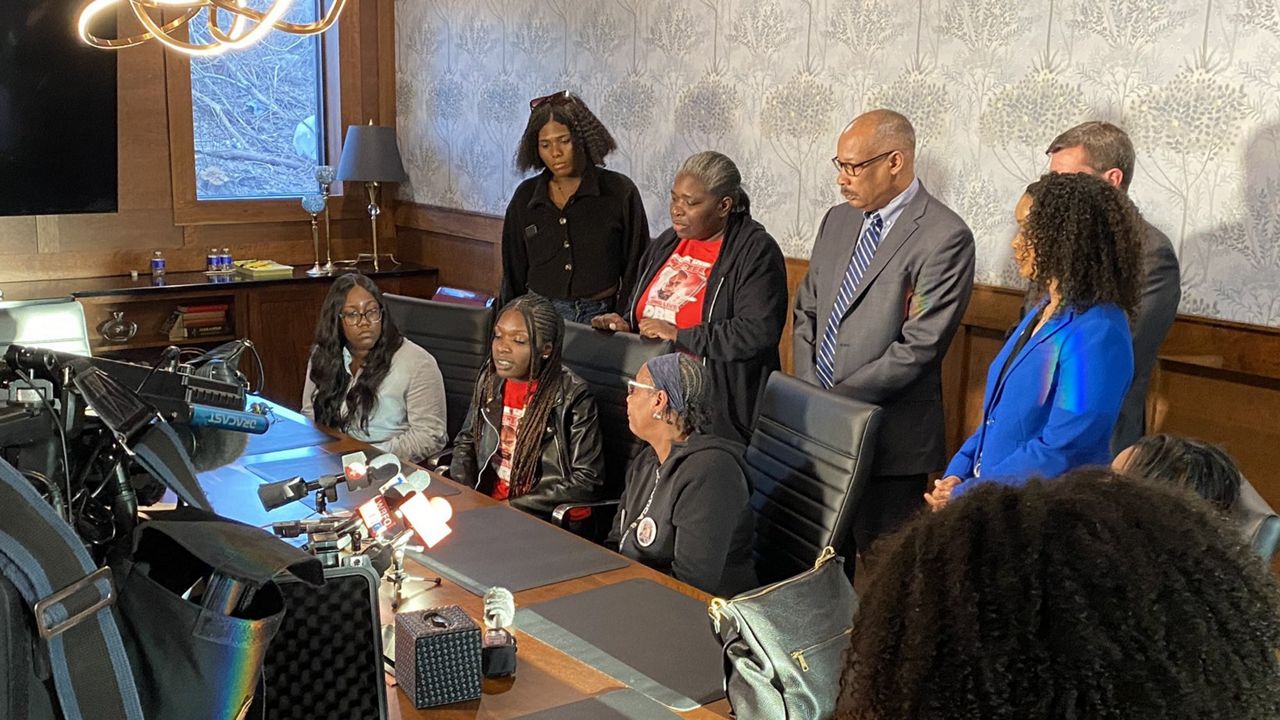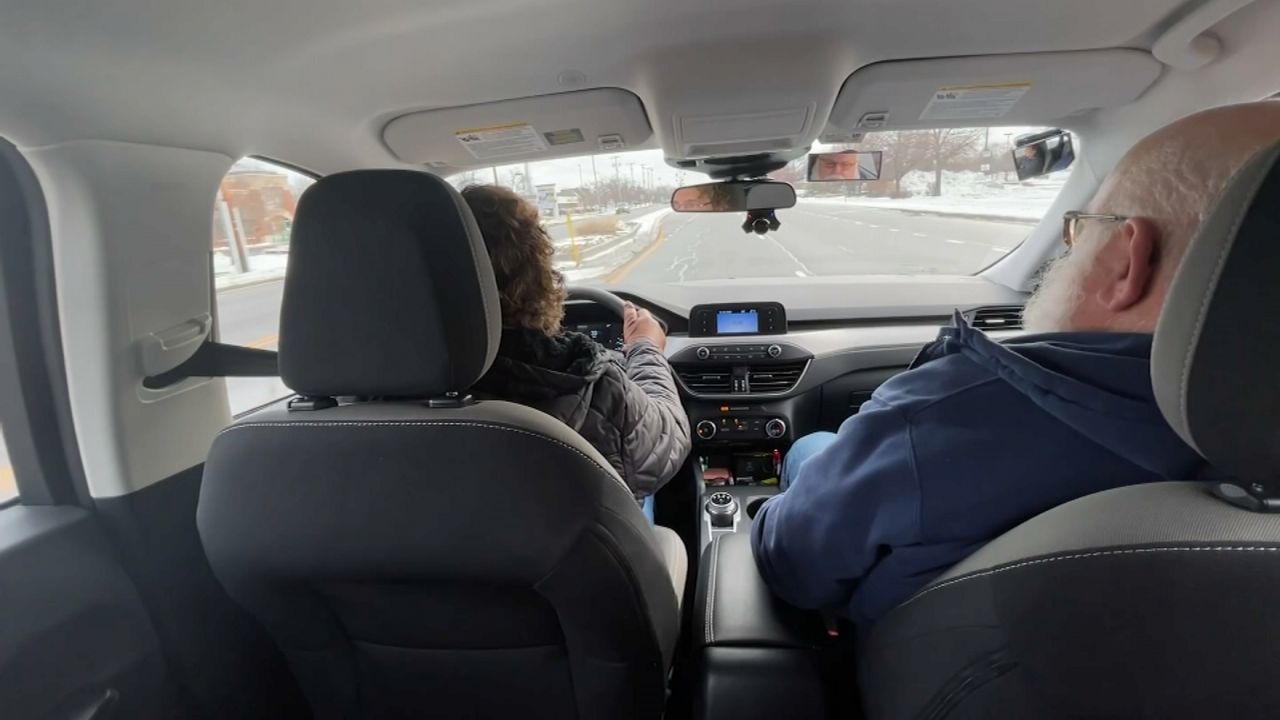BUFFALO, N.Y. — Technology can help keep people connected. And while technology is constantly evolving, some tried and true methods have been around for a long time.
"The formal name is amateur radio, which is being able to receive and transmit on specific frequencies assigned by the government, and on a variety of frequency bands," said Doug Alderdice, amateur radio operator.
Alderdice is a ham — a nickname for amateur radio operators. He’s been doing it for decades.
"When I was in middle school I was into electronics and wires and things like that," said Alderdice. "And I started messing with those kinds of things. My dad’s cousin gave me a book on getting into radio which kind of lit the fire at that point."
In college, he learned more about it and got his license. He’s currently the president of the Buffalo Amateur Radio Repeater Association — a club with about 65 other hams. While it’s an enjoyable hobby for many, ham radio can serve a greater purpose.
"Well, the aspect of being able to communicate. We’ve had a number of natural disasters recently in this area and those are all potential situations where communications would be very important," Alderdice said.
The club has been around since the 1960s and owns a repeater station with two towers high in the hills of southern Erie County. Some of the older members remember using their radios during the emergency of the blizzard of ’77.
"The equipment here was in heavy use during the blizzard because there weren’t cell phones," said Alderdice. "People were stranded in their cars. They had their mobile mounted ham radios, that they could call in, get assistance, get help at home if they lost power or their telephones were out."
Cell phones, of course, have made communications during a disaster much easier, The club really didn’t need to respond during the historic blizzard in December. Still, they’re on the ready.
"This site is battery backed up so that if we lose commercial power, everything here remains operating while the batteries stay charged which will take us through several days," Alderdice said. "So anytime the power goes out, it’s an instant transfer. We’re online."
Western New York experienced a small earthquake earlier this year and while there wasn’t much in the way of damage, much larger earthquakes do happen and amateur radio operators are there to help.
"Recently, there were the earthquakes over the Middle East and there were hams all over the world who were helping provide communications in and out of those affected areas to arrange for emergency supplies, to offer health and welfare messages because, obviously, their infrastructure was completely destroyed — cell phones didn’t work," Alderdice said.
While it might harken back to a simpler time, ham radio is keeping up with technology with programs linked to computers and GPS to make the medium more powerful.
"There’s the people who always get into the old stuff," said Alderdice. "They want to go back to vinyl records, they want to go back to rotary phones. And ham radio does that. But ham radio is very modern. There’s a lot of high-tech things to ham radio."
There are several different types of amateur radio. Some can only reach limited areas, while others can communicate around the world.
If you’d like to get into ham radio, you can get started with inexpensive home equipment and work your way up to more advanced technology.










